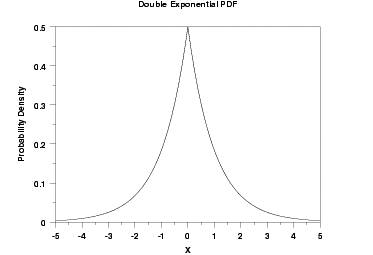
FIGURE 1: POWER LAW DISTRIBUTION. Market price data will have frequent, large jumps. Sometimes price will jump, leaving a sizeable gap, and then gap back to the previous level a few days later.
INDICATORS
Smooth Those Spikes
Is it possible to have a moving average that minimizes zigzags and powers through the occasional price spike? Find out here.
Smoothing market price data sounds like a simple concept, yet it is extremely difficult to do. We apply moving averages to a time series to reduce noise and reveal the underlying trend with as little delay as possible. As such, there are three main elements we have to look at:
Moving averages essentially act as low-pass filters, that is, they are supposed to smooth away high-frequency noise and leave the lower-frequency signal for us to view. The problem is that large price changes can overwhelm the smoothing ability of short-term averages, and long-term averages introduce so much delay that the answers are of limited use by the time we get them.
IS THERE AN OPTIMAL AVERAGE?
A 200-day simple moving average (SMA) does a wonderful job of getting rid of noise, but you have to wait 100 days to get an answer. An 11-day simple moving average gets you an answer with only five days of delay, but doesnít do much to quiet the noise. You can see why itís difficult to smooth price data!

FIGURE 1: POWER LAW DISTRIBUTION. Market price data will have frequent, large jumps. Sometimes price will jump, leaving a sizeable gap, and then gap back to the previous level a few days later.
Averages were originally intended to work with reasonably well-behaved data. Teachers of mathematics and statistics generally warn their students that using an average isnít useful for every kind of data. An average always gives you an answer, but if the data is badly behaved, the answer may not be very useful.